Ice skating in Banff National Park is a free, fun activity that the entire family can enjoy. Banff is beautiful in every season, but as winter settles in, it’s especially nice to have an activity outdoors to get you moving and help you stay warm while you enjoy the mountain scenery. Enter the possibility of ice skating on one of the many frozen natural lakes or rivers around Banff, grab a coffee or hot chocolate and bundle up warm, and you have an awesome winter activity!
Read on for some outdoor ice skating locations around Banff that are popular for ice skating, as well as some invaluable ice safety information.
Note: All of the below suggestions are natural ice locations that you can skate on once frozen that are NOT maintained by Parks Canada (with the except of Lake Louise). Be sure to read up on ice safety – and perhaps bring along a shovel in case you need to help clear off some fresh snowfall 😉
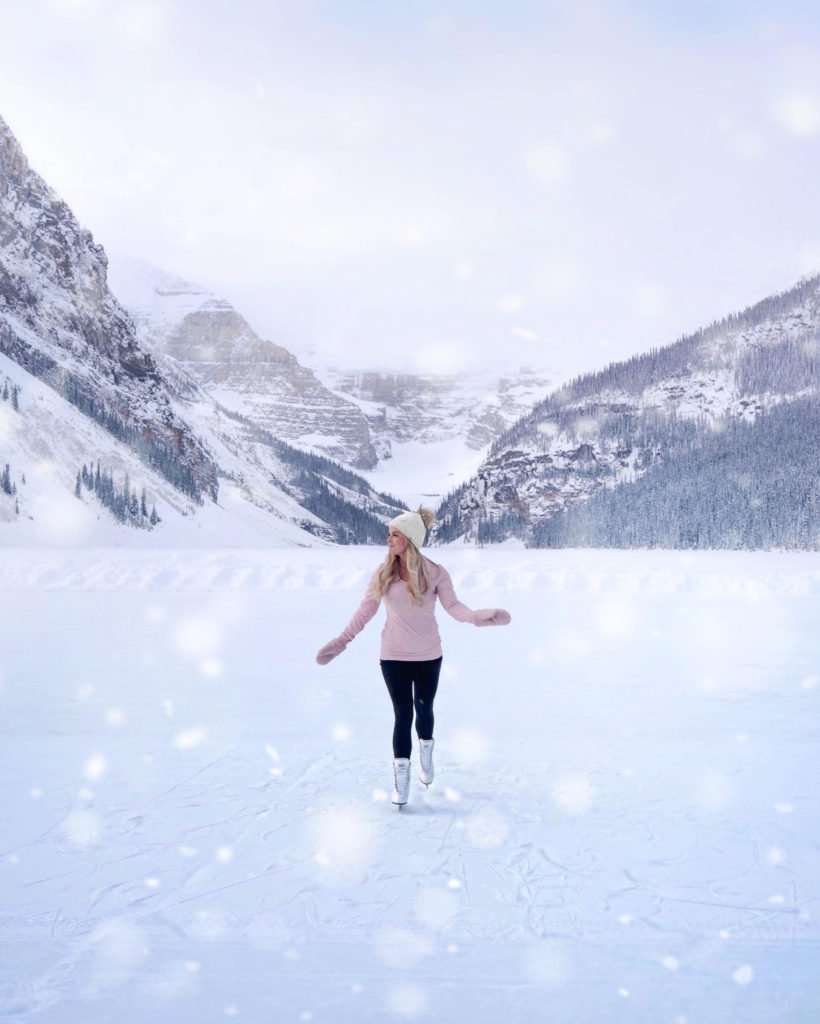
Ice Skating at the Bow River in Banff
The Bow River is the closest natural ice surface to the town of Banff. As this is a flowing river, ice thickness can vary dramatically. The Bow River is an easy and quick stroll from downtown Banff.
Ice Skating at Vermillion Lakes in Banff
Located just outside the town of Banff, these easily-accessible lakes feature beautiful Mount Rundle as their backdrop. The lakes are not too heavily trafficked, which means there is plenty of room to go skating. However, warm springs keep some sections of these lakes from freezing, so don’t assume a consistent ice thickness. One area in particular to avoid is the area east of the dock at the third lake.
Tip: this lake is just a few minutes’ drive from an ever-so-Canadian Tim Horton’s, so grab a hot chocolate before or after your ice-skating adventure!
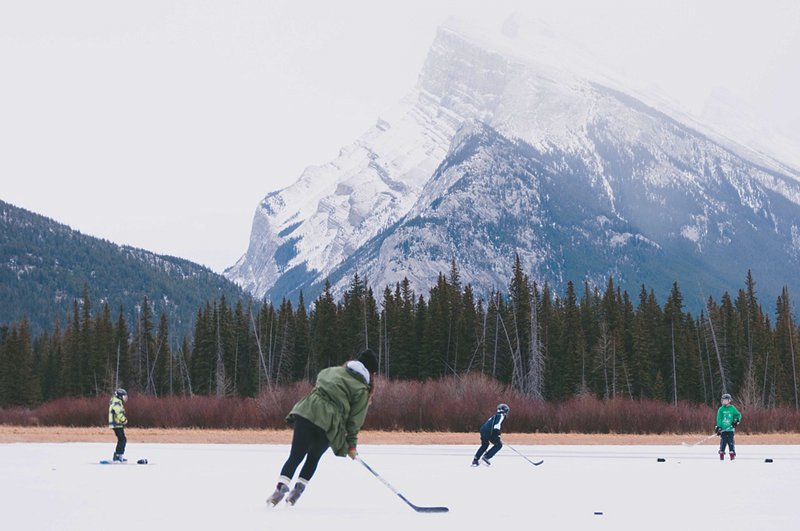
Ice Skating at Johnson Lake in Banff
Located east of the town of Banff up Lake Minnewanka Road, Johnson Lake is a popular skating area, and for good reason. However, as with all-natural ice surfaces, Johnson Lake can have varying thickness of ice. One area to watch out for: the West end of the lake close to the bridge where a stream leaves the lake.
Ice Skating at Two Jack Lake in Banff
Two Jack is another very popular option for ice-skating! It is located up the Lake Minnewanka Road, past Johnson Lake. Watch out for the East end of the lake, where there is a dam and often open water. This won’t pose a major hindrance in your plans though, as the rest of the lake away from the damn is beautiful and very skate-worthy. This is an especially beautiful area for a night skate.
Ice Skating at Lake Minnewanka in Banff
Further up the Lake Minnewanka Road past Two Jack Lake is Lake Minnewanka. Minnewanka is a large (30km long) and deep reservoir and doesn’t usually freeze over until well into winter.The West end of the lake is often the last section to freeze over, so be particularly careful around this area. Water levels on this articial reservoir vary throughout the winter and ice can be cracked near the shoreline. This lake can often be extremely windy.
When you’re finished with ice skating for the day, make sure to check out the best Banff coffee shops for a delicious coffee or hot chocolate!
Ice Skating at Lake Louise
No, this isn’t Banff, but it’s a spectacular location and only a 40-minute drive from Banff. It’s also been dubbed one of the World’s Best Skating Rinks. This stunning lake could not be found in a better setting, surrounded by snowdusted Rocky Mountains and the Victoria Glacier. Lake Louise is cleared daily of fresh snowfall and each year there is a massive ice castle constructed that only adds to the allure of this winter wonderland. The skating area is also lit for an amazing night skating experience!
If you need to rent skates, you can do so at the Chateau Ski & Snow rental shop in the Fairmount Chateau Lake Louise. An all-day rental is just $25/adults and $20/children, or you can rent for a shorter duration if you like as well. Pop into the Chateau pre or post-skate for a hot beverage or snack.
Looking to stay in a truly magical castle during your time in Lake Louise? Then you absolutely must consider staying at the stunning Fairmont Chateau Lake Louise, located right on Lake Louise itself!
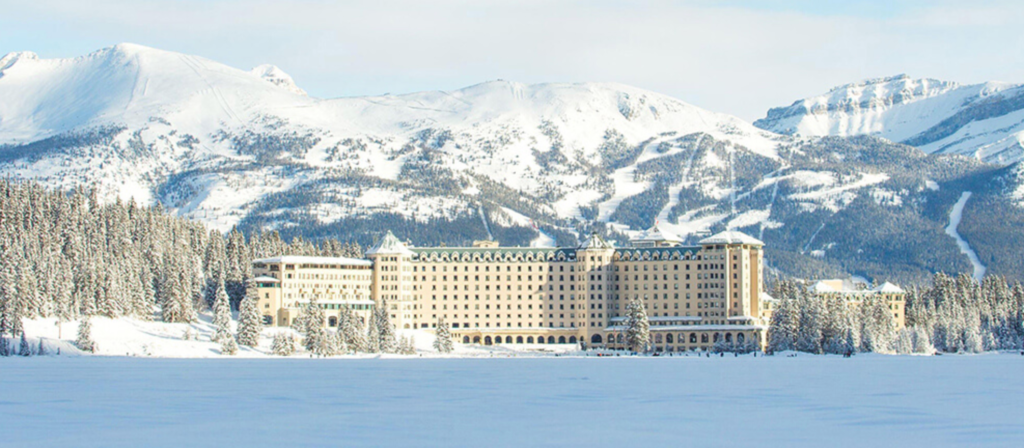
Get the lowest rates on Fairmont Lake Louise here
Save HUGE on Banff Hotels with Expedia Hotels search:

Ice Skating Safety tips from Red Cross:
Know the dangers of ice:
Many factors affect ice thickness including: type of water, location, the time of year and other environmental factors such as:
- Water depth and size of body of water.
- Currents, tides and other moving water.
- Chemicals including salt.
- Fluctuations in water levels.
- Logs, rocks and docks absorbing heat from the sun.
- Changing air temperature.
- Shock waves from vehicles traveling on the ice.
Ice Colour
The colour of ice may be an indication of its strength.
- Clear blue ice is strongest.
- White opaque or snow ice is half as strong as blue ice. Opaque ice is formed by wet snow freezing on the ice.
- Grey ice is unsafe. The grayness indicates the presence of water.
Did you know ice thickness should be:
- 15 cm for walking or skating alone
- 20 cm for skating parties or games
- 25 cm for snowmobiles.
When You Are Alone On Ice
If you get into trouble on ice and you’re by yourself:
- Call for help.
- Resist the immediate urge to climb back out where you fell in. The ice is weak in this area.
- Use the air trapped in your clothing to get into a floating position on your stomach.
- Reach forward onto the broken ice without pushing down. Kick your legs to push your torso on the ice.
- When you are back on the ice, crawl on your stomach or roll away from the open area with your arms and legs spread out as far as possible to evenly distribute your body weight. Do not stand up! Look for shore and make sure you are going in the right direction.
When You Are With Others On Ice
- Rescuing another person from ice can be dangerous. The safest way to perform a rescue is from shore.
- Call for help. Consider whether you can quickly get help from trained professionals (police, fire fighters or ambulance) or bystanders.
- Check if you can reach the person using a long pole or branch from shore – if so, lie down and extend the pole to the person.
- If you go onto ice, wear a PFD and carry a long pole or branch to test the ice in front of you. Bring something to reach or throw to the person (e.g. pole, weighted rope, line or tree branch).
- When near the break, lie down to distribute your weight and slowly crawl toward the hole.
- Remaining low, extend or throw your emergency rescue device (pole, rope, line or branch) to the person.
- Have the person kick while you pull them out.
- Move the person to a safe position on shore or where you are sure the ice is thick. Signal for help.
![]()
Looking for an amazing cabin rental to stay in during your time in Banff and Lake Louise?
 I cover all of my favourite cute and cozy cabin rentals on this blog post:
I cover all of my favourite cute and cozy cabin rentals on this blog post:
The Cutest Cabin Rentals in Banff and Lake Louise
![]()
Looking for other things to do in Banff in the winter? Check out my blog post:
Blog: 12 Best Things to Do in Winter in Banff
 PIN FOR LATER
PIN FOR LATER

![]()
Disclaimer: There’s a chance that this blog post includes affiliate product links. At absolutely no extra cost to you, I may receive a small commission for any purchase made through these links. Any commissions received are very much appreciated, as they help me to be able to continue posting travel blog content free of charge to my lovely readers. Of course, all recommendations are unbiased, and I will always only recommend products and services that I truly believe in. Thank you for your support!
![]()
Save HUGE on Banff Hotels with Expedia Hotels search:

Have questions for me about Banff National Park, Lake Louise or other locations in Alberta? Have feedback on this blog post? Please feel free to shoot me a comment below; I would love to hear from you!




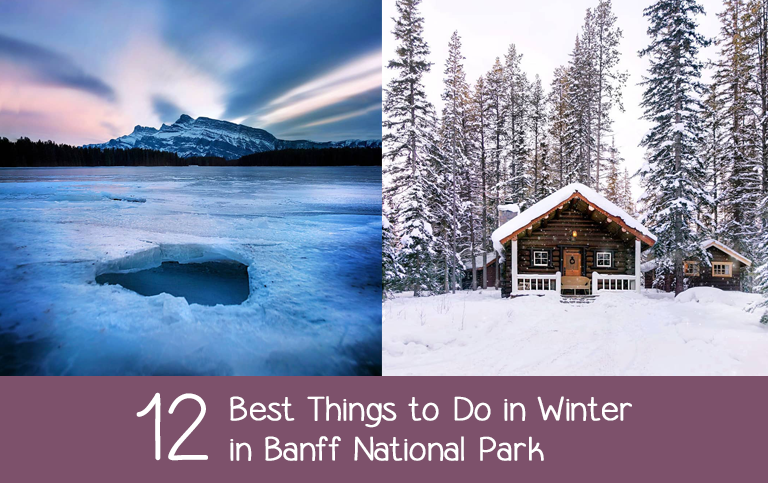



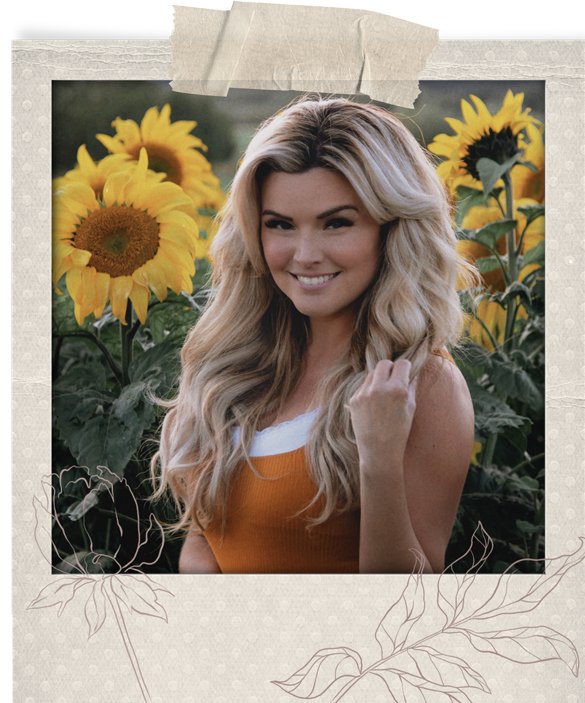





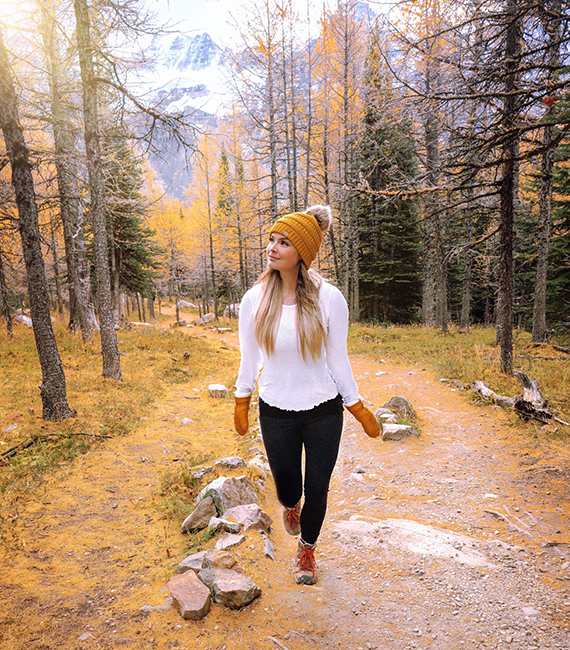


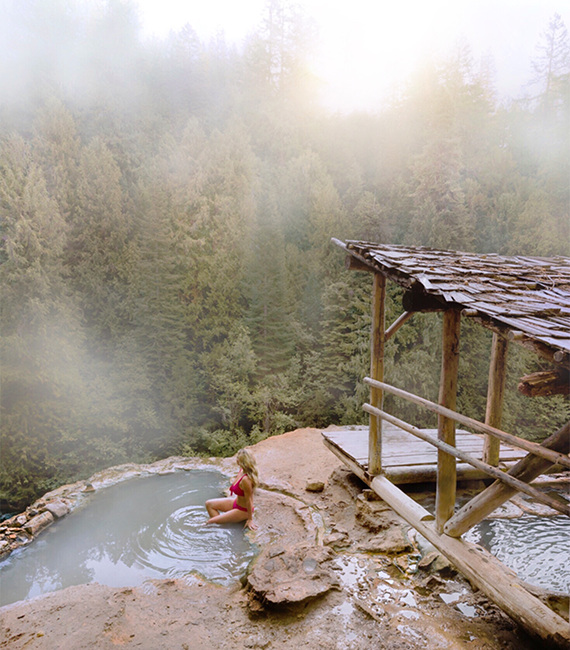
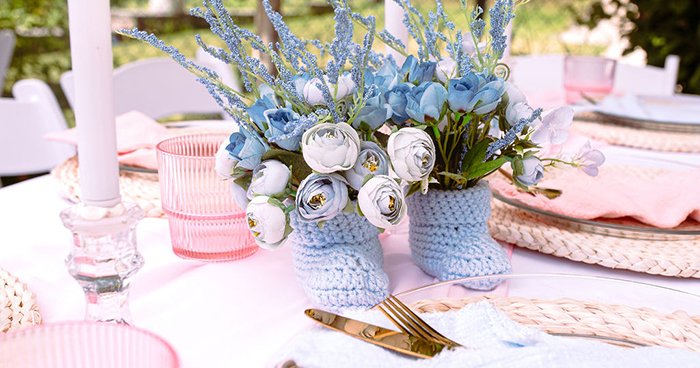

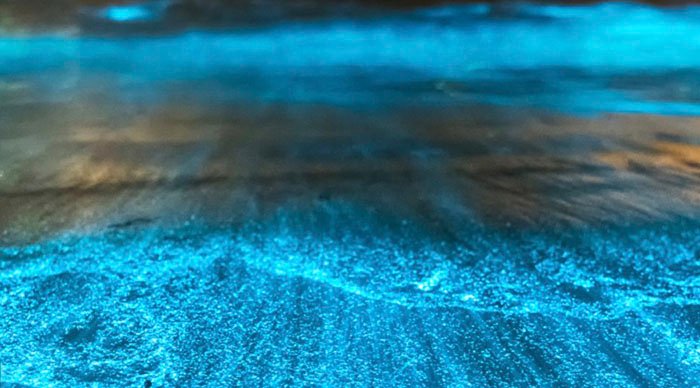
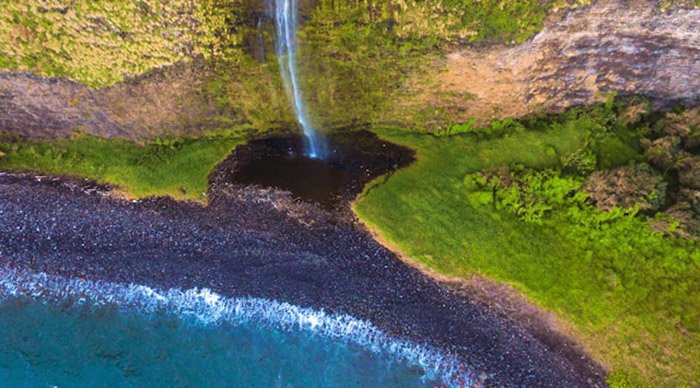
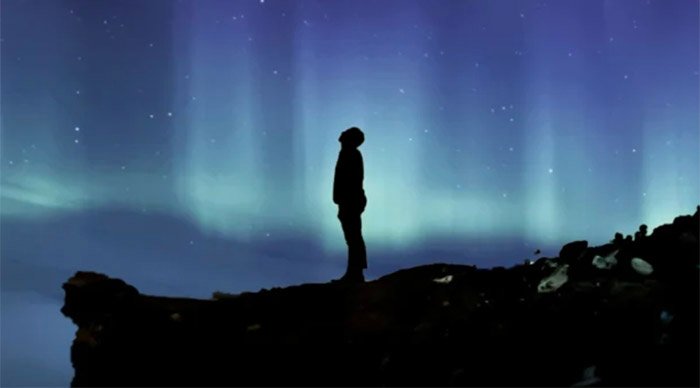

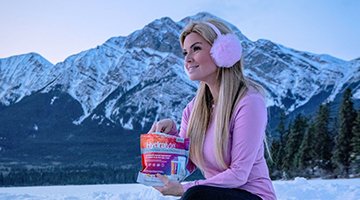

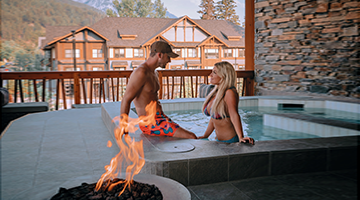



leave me a comment